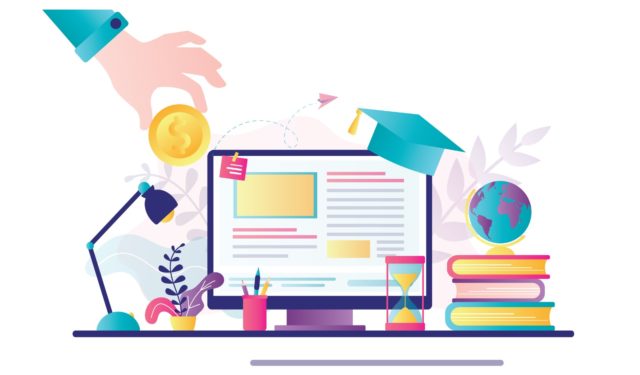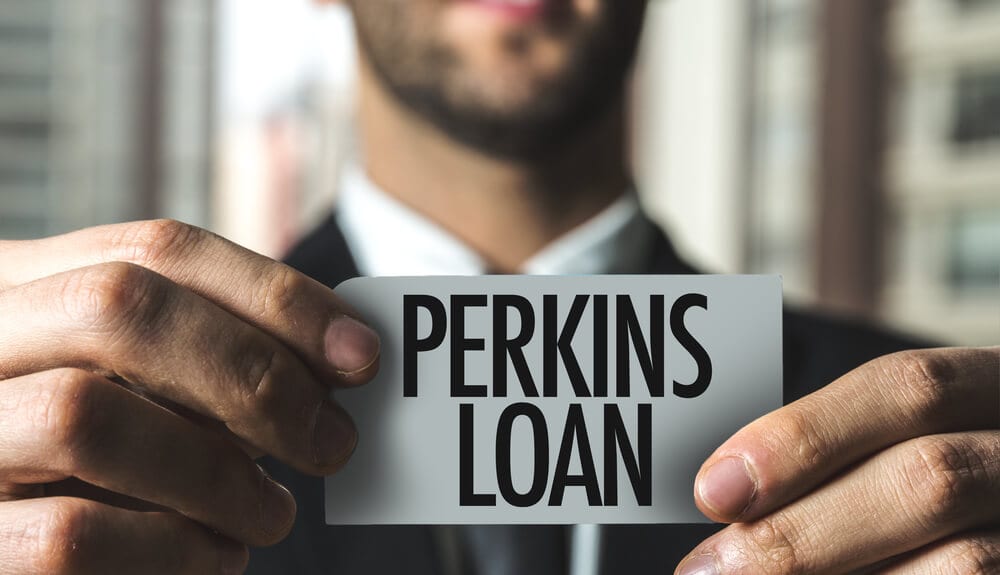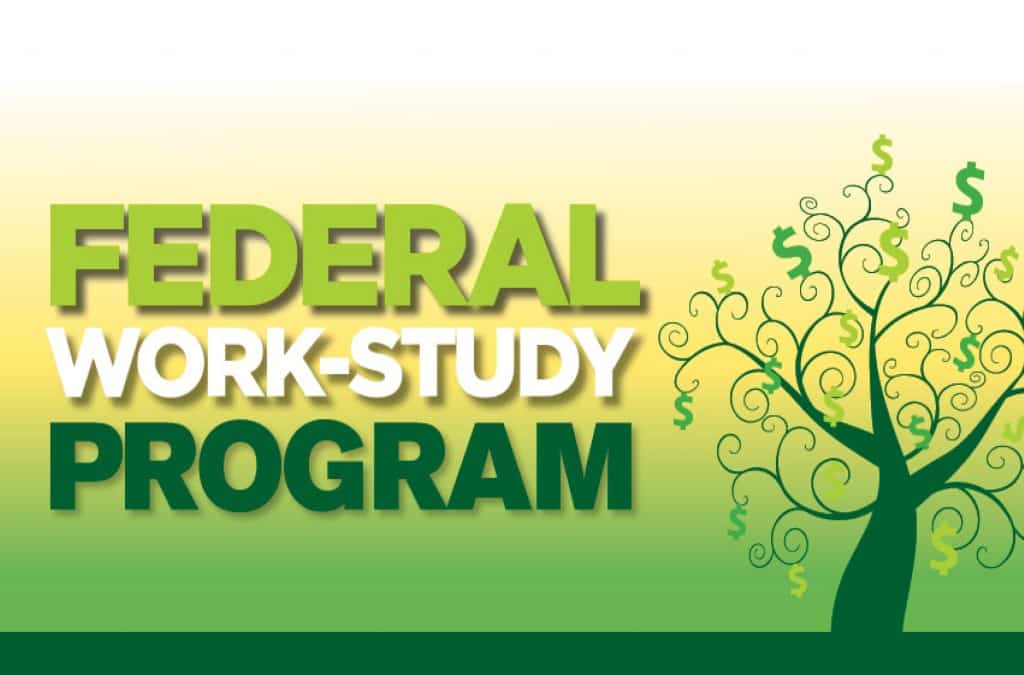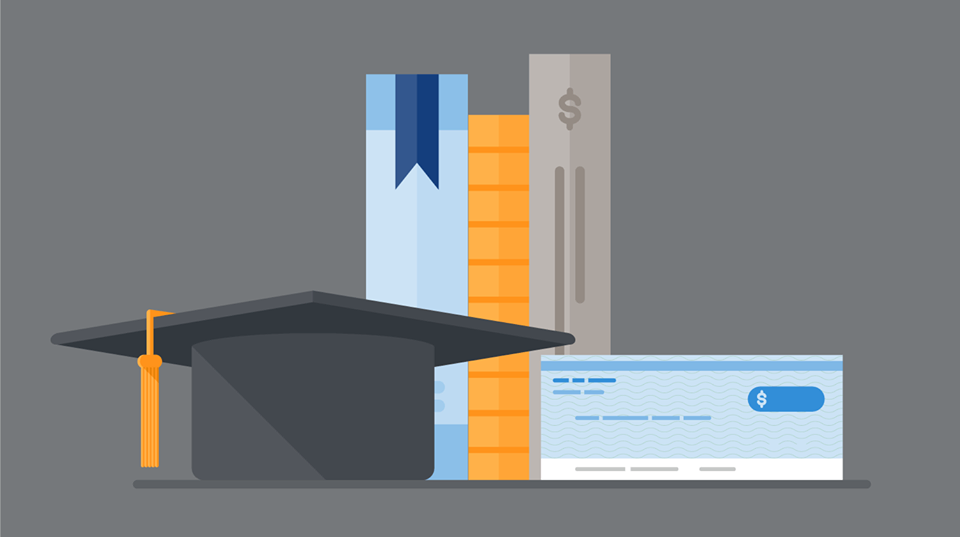
Paying for college can seem overwhelming when you consider all the expenses involved, but don’t let that stop you from getting an education and achieving your goals. Make paying for college easier by choosing the right type of student loan to cover your tuition and other expenses, whether you’re headed to a community college or one of the nation’s most prestigious universities. These five student loans will help you not only pay for your education, but manage it as well, saving you money in the long run.
Federal Perkins Loan

The Federal Perkins Loan is a need-based loan available to undergraduate and graduate students with exceptional financial need. The loan is administered by your school’s financial aid office and requires you to repay the debt to the school, rather than a bank or other lender. Credit checks are not required for this loan, making it a good option for students with bad credit.
If you need less than $20,000 in funding, your school may offer a federal Perkins loan as an alternative. Although it’s also subsidized by government money and is guaranteed by a bank or credit union, Perkins loans are administered directly through your school’s financial aid office. These loans typically come with lower interest rates than other federal loans, but you need to have exceptional financial need to qualify. Credit checks are not required and schools determine if you’re eligible for these types of loans before you enroll.
Direct Subsidized Loans

If you have a financial need, the government will pay the interest on your Direct Subsidized Loan while you’re in school and during your grace period. If you don’t have a financial need, you’ll be responsible for paying the interest on your loan while you’re in school and during your grace period. After you graduate, leave school, or drop below half-time enrollment, you will have a 6-month grace period before you are required to begin making payments. The Direct Subsidized Loan is available to undergraduate students with financial need.
The other type of Direct Loan is a Direct Unsubsidized Loan. The interest on your Direct Unsubsidized Loan accrues while you’re in school, during your grace period, and until you enter repayment. The government will pay the interest on your loan if you are enrolled at least half-time and don’t have a financial need (i.e., you don’t receive a Pell Grant or certain types of scholarships). During repayment, your unpaid accrued interest can be capitalized , which means it’s added to your principal balance. Once capitalization occurs, there are limits as to how much interest can accumulate and when it can happen again.
Federal Work-Study Program

The Federal Work-Study Program is a great option for students who need help paying for college. The program provides part-time jobs for eligible students, which can help cover the cost of tuition and other expenses. Plus, the program offers work experience in a variety of fields, which can be helpful after graduation. To be eligible for the program, you must fill out a Free Application for Federal Student Aid (FAFSA).
There are other loan options that you can explore, such as federal student loans. The Department of Education’s Federal Direct Loan Program provides low-interest loans that you can use to pay your tuition and other costs while you’re in school. Students who have exceptional financial need may be eligible for additional funding through their school or state government. This is especially true if you attend a public university in your state. These institutions offer more generous grants than private universities, which often charge an arm and a leg for tuition. Private lenders like banks will also offer loans to those looking to finance their education with interest rates typically higher than the federal rates offered by Uncle Sam.
Direct Unsubsidized Loans

The Direct Unsubsidized Loan is a great option for students who need help paying for college. This loan does not require any financial information from the student and has a fixed interest rate. The Direct Unsubsidized Loan also offers a deferment option, which allows the student to postpone payments on the loan while in school.
The Direct Unsubsidized Loan is an affordable way to pay for college, but it does require a credit check. If you have a spotty credit history or no credit history at all, then you may not qualify. However, there are other student loans that don’t require any financial information from students and offer lower interest rates than private loans. For example, if you qualify for financial aid through your school or government-sponsored programs like Pell Grants or Supplemental Educational Opportunity Grants (SEOG), you can use them in conjunction with federal student loans.
Federal PLUS Loans

These loans are available to graduate and professional students, as well as parents of dependent undergraduate students. PLUS loans have a fixed interest rate of 7.08% and can be used to cover up to the full cost of attendance, minus any other financial aid received. To apply for a PLUS loan, you’ll need to complete the Free Application for Federal Student Aid (FAFSA). If you’re approved, you’ll also need to complete a Master Promissory Note (MPN) and undergo a credit check.
The Federal Family Education Loan Program (FFELP) offers a variety of different loans for undergraduate and graduate students. Stafford loans are available as both subsidized and unsubsidized, depending on your financial situation. In addition, you may be eligible for additional loan programs with more flexible repayment options. Consolidation loans offer a way to combine multiple student loans into one, making it easier to manage your payments and repay them over time. All FFELP loans come with fixed interest rates that start at 3.76%. If you already have Stafford or FFELP loan debt, you may want to consider consolidating it into a Direct Consolidation Loan instead of taking out a new loan.